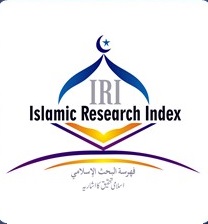The Middle Way: Buddhist Approaches Towards Interreligious Dialogue
Keywords:
Buddhist discourse, missionary, relative, exclusive, inclusive, pluralist, truth, Middle WayAbstract
This article analyzes two important Buddhist sources (Sandaka-sutta and Apaṇṇaka-sutta) and argues that the Buddhist way of interreligious discourse is expressed most adequately by means of the Middle Way, which should be understood as the avoidance of every kind of extreme view. The Middle Way accepts both the religious effort of the missionary as well as pluralistic or relativistic views of religion because human beings have a right to promote their own religion provided they observe moral principles. This article argues that genuine conviction (saddhamma-saññatti) does not encourage self-aggrandizement by disparaging others. The author states that the pluralistic outlook of Buddhism is exclusivist with respect to its claim to truth but relative in relation to other religions. The canonical literature of Buddhism records numerous Buddhist encounters with the followers of other religions based on mutual respect, acceptance of the right for missionary endeavor and the preservation of an attitude of tolerance.
Downloads
Published
How to Cite
Issue
Section
License
Copyright (c) 2022 South Asian Journal of Religion and Philosophy (SAJRP)

This work is licensed under a Creative Commons Attribution-NonCommercial 4.0 International License.









